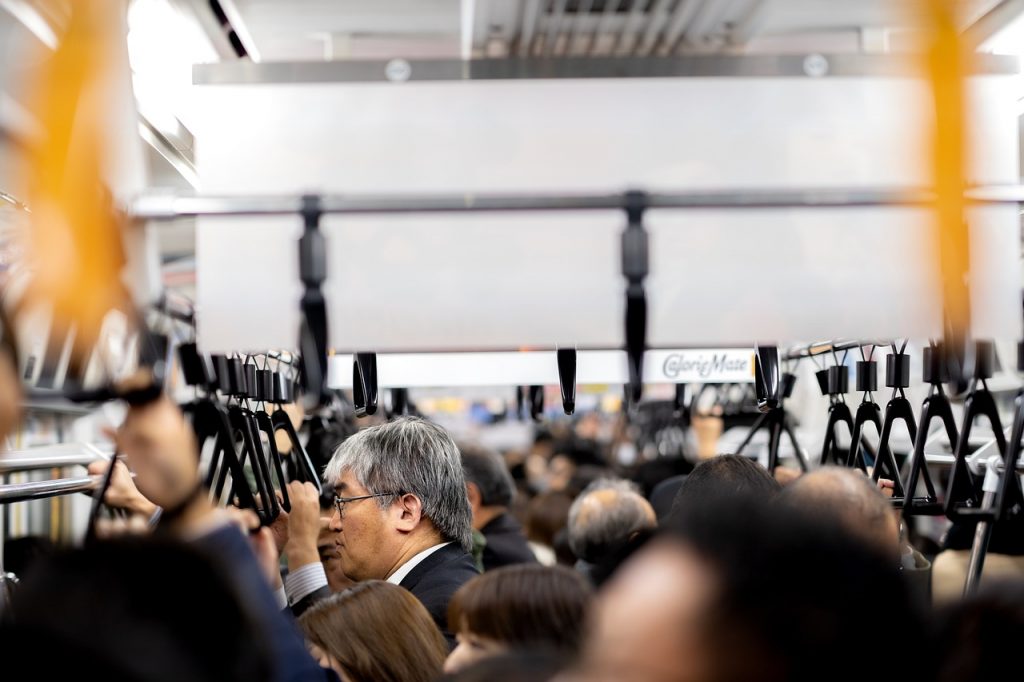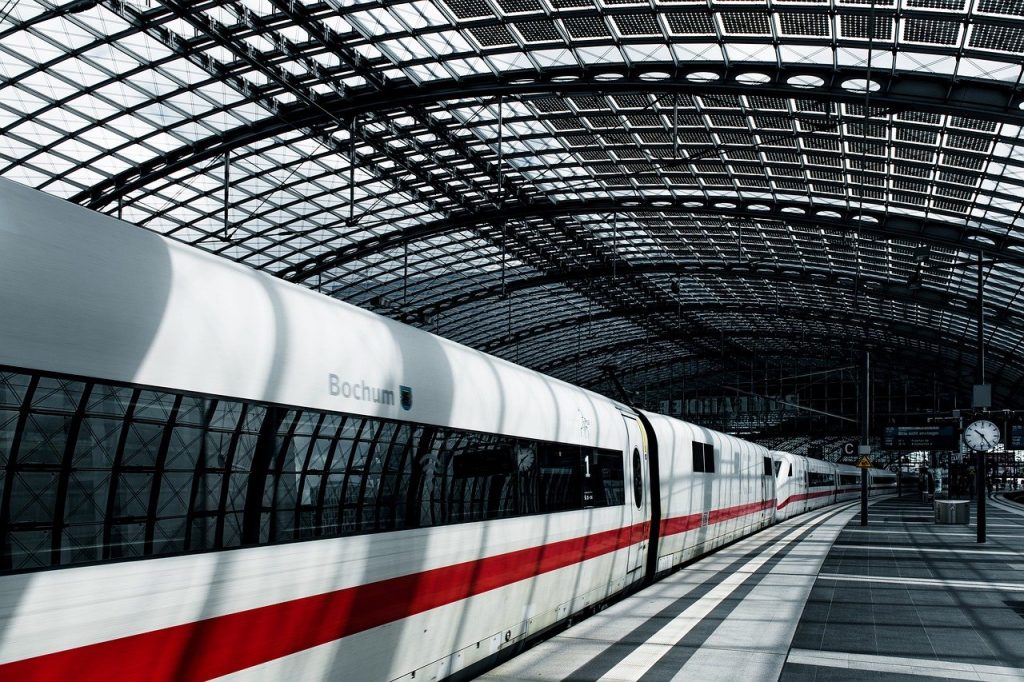
- Ensuring MRT service reliability requires minimizing disruptions and strategically managing crowd flow during peak hours.
- Operational efficiency is critical, achieved through upgrading and modernizing MRT systems to meet increasing demands.
- MRT services are vulnerable to external factors like weather or natural disasters, necessitating robust contingency plans.
- Addressing MRT system challenges demands a comprehensive strategy involving technology, infrastructure investment, and a safety-focused culture.
As one of the most popular modes of transportation in urban areas, Mass Rapid Transit (MRT) systems play a critical role in ensuring smooth and efficient commuting for millions of people every day. However, behind the scenes, MRT operators face numerous challenges in maintaining service quality to meet the growing demands of passengers. This blog will delve into some of the critical challenges faced by MRT operators and explore potential solutions to overcome them.
Ensuring Passenger Safety and Security

One of the primary challenges faced by MRT operators is ensuring safety and security for passengers. With large crowds and high-speed trains operating on tight schedules, any lapses in safety protocols can have disastrous consequences.
From preventing accidents on platforms to ensuring the structural integrity of tracks and tunnels, MRT operators must constantly monitor and maintain a safe environment for passengers and staff alike. Here are potential solutions to this challenge that major MRT operators are exploring:
Regular Maintenance and Inspections
To prevent accidents caused by faulty infrastructure or equipment, MRT operators must adhere to a strict maintenance schedule. For example, Singapore’s train operator, SMRT Corporation, conducts regular inspections and maintenance work on its trains, tracks, and stations to ensure their structural integrity. This includes checks for signs of wear and tear, potential hazards, and faulty components. By regularly maintaining the MRT system, operators can identify potential safety issues early on and prevent them from escalating into major incidents.
Advanced Surveillance and Monitoring Systems
MRT operators can employ cutting-edge surveillance and monitoring systems to detect potential safety threats in real time. These systems use advanced technologies like computer vision, AI, and Internet-of-Things (IoT) sensors to continuously monitor critical infrastructure components such as tracks, signals, and rolling stock. With actionable insights provided by these systems, operators can take proactive measures to prevent accidents and ensure passenger safety.
Dedicated Emergency Response Teams
In case of emergencies such as fires, derailments, or medical incidents, MRT operators must have well-trained and equipped emergency response teams ready to act swiftly. These teams should be familiar with the entire MRT network and its operations and should be able to handle a wide range of scenarios. They must also have the necessary tools and equipment to respond to emergencies promptly, ensuring passenger safety and minimizing disruptions in service.
Passenger Education and Awareness Programs
Passenger behavior can significantly impact the overall safety of an MRT system. To minimize risks, MRT operators must educate passengers about safe practices while riding the train. This includes understanding and following safety protocols such as not crossing the yellow line, standing behind designated barriers, and not blocking emergency exits. Operators can also run awareness campaigns to educate passengers about the importance of reporting suspicious behavior or objects, promoting a culture of vigilance among riders.
Overcrowding in Peak Hours

Another significant challenge for MRT operators is managing overcrowding during peak hours. As urban populations continue to grow, MRT systems are under increasing pressure to accommodate more passengers without compromising on comfort or efficiency. This often requires innovative solutions such as implementing dynamic pricing strategies, optimizing train schedules, and investing in new infrastructure to expand capacity.
Operational Efficiency and Reliability
MRT operators must also strive to maintain high levels of operational efficiency and reliability. This includes minimizing service disruptions, implementing effective crowd management strategies, and continuously upgrading and modernizing the MRT system to keep up with growing demands. By improving operational efficiency, operators can ensure a smoother commute for passengers while reducing the risk of safety incidents.
External Factors
Furthermore, external factors such as inclement weather or natural disasters can also impact the reliability of MRT services. Flooding, earthquakes, or power outages can disrupt operations and lead to delays or cancellations, putting additional strain on already overburdened systems. To mitigate these risks, MRT operators must develop robust contingency plans and invest in resilient infrastructure that can withstand unforeseen events.
Managing a Mass Rapid Transit (MRT) system encapsulates a myriad of challenges ranging from ensuring passenger safety, managing peak-hour overcrowding, and maintaining operational efficiency to countering unforeseen external factors. Addressing these challenges requires a multifaceted approach that includes leveraging technology, investing in infrastructure, and fostering a culture of safety and vigilance among riders. As urban areas continue to evolve, the importance of an efficient, reliable, and safe MRT system cannot be overstated. Through continuous improvement and innovation, MRT operators can meet the growing demands of urban transportation and play a pivotal role in shaping the future of city commuting.

